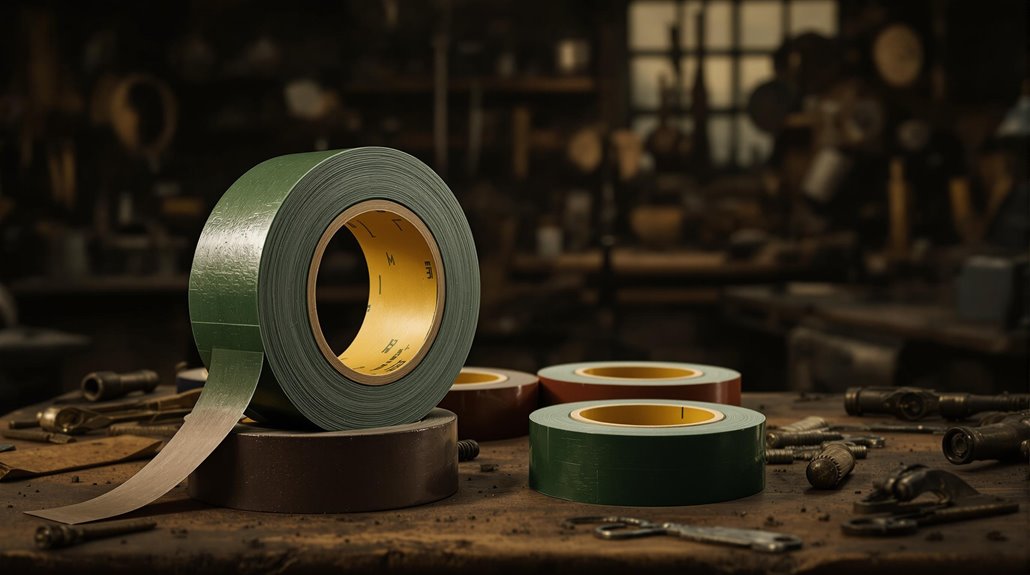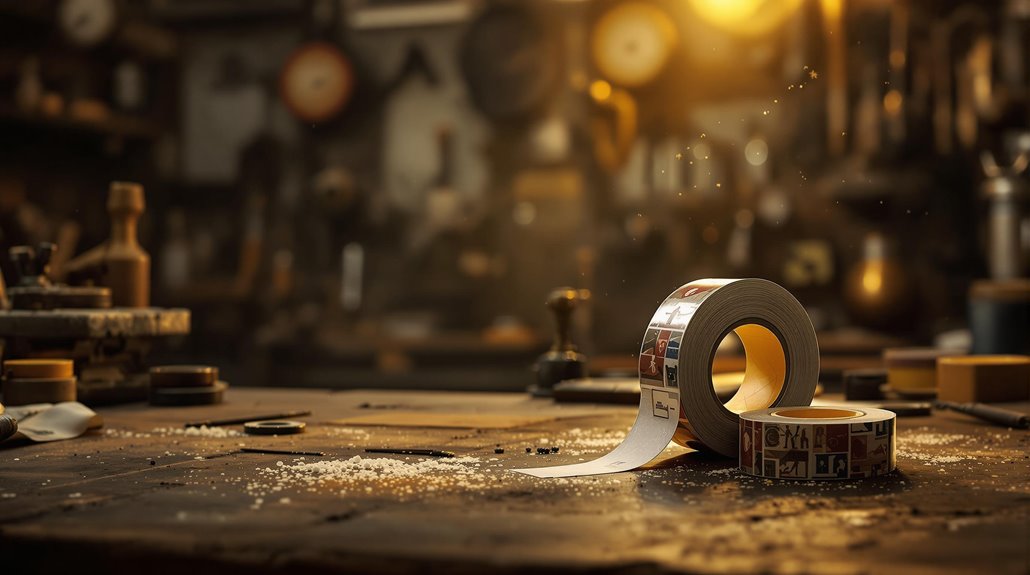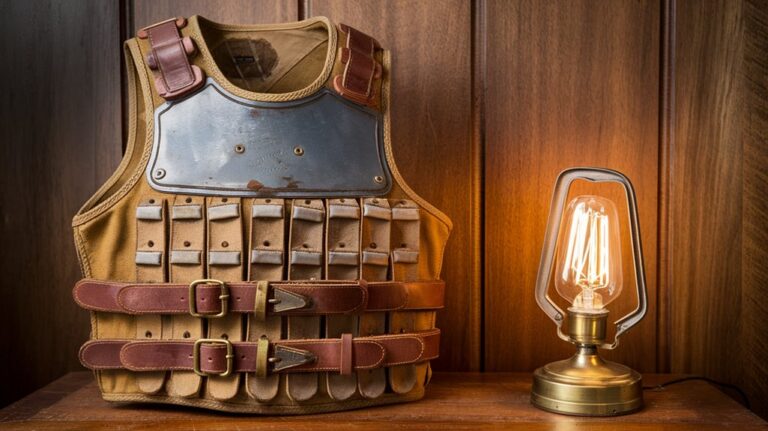Duct Tape’s Surprising Invention: Sticking the World Together
You've probably reached for duct tape countless times to fix everything from broken handles to leaky pipes, but have you ever wondered about its wartime origins? Behind this humble adhesive lies the story of a concerned mother who transformed military safety with a simple idea. What began as Vesta Stoudt's solution for protecting World War II ammunition boxes has evolved into one of humanity's most versatile inventions, and its journey from battlefield to toolbox holds some remarkable surprises.
A Mother's Wartime Innovation Changes History
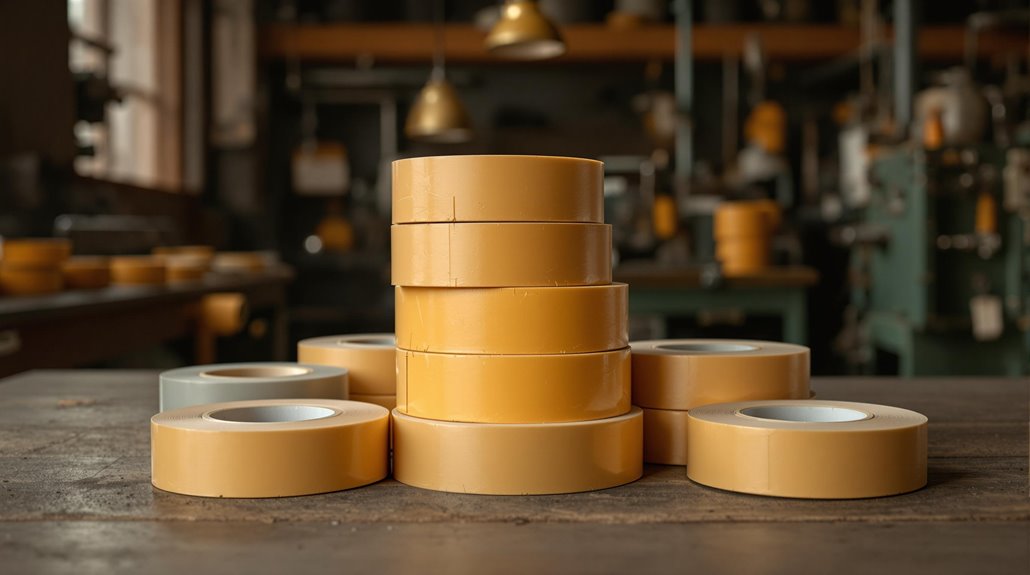
While World War II created countless challenges, it also sparked one of history's most practical inventions through an unlikely source.
Vesta Stoudt, a mother of two Navy sailors working at Illinois' Green River Ordnance Plant, noticed a dangerous flaw in ammunition box seals. Her motherly intuition kicked in as she watched workers struggle with paper tape and wax that could cost precious seconds – or lives – in combat.
Demonstrating remarkable wartime ingenuity, Stoudt envisioned a waterproof cloth tape solution and took her idea straight to President Roosevelt. The tape would be crafted using cotton duck fabric, making it exceptionally durable and water-resistant. The War Production Board quickly recognized her innovation as of exceptional merit, approving its development.
Her February 1943 letter, complete with detailed diagrams, caught the president's attention. He forwarded it to the War Production Board, who partnered with Johnson & Johnson to bring her innovative design to life, forever changing how we seal, repair, and create.
From Battlefield to Home Front: The Evolution of Duct Tape
After proving its worth on the battlefield, duct tape made a seamless shift to civilian life, transforming from a military necessity into a household staple.
You can trace its military origins to 1943, when it was developed as a waterproof solution for sealing ammunition cases and repairing military equipment in army green. The innovative idea came from factory worker Vesta Stoudt's proposal to create a strong, waterproof tape for ammunition boxes.
The consumer adaptation began in the post-war era, when manufacturers recognized its potential beyond military applications.
By the 1950s, you'd find this versatile adhesive in hardware stores across America, now sporting a silver color to match heating and air conditioning ducts.
Today, you'll see duct tape's influence everywhere – from quick home repairs to creative DIY projects. The tape's incredible versatility was notably demonstrated during the Apollo 13 mission when astronauts used it to create an emergency air filtration system.
What started as "duck tape" for its water-resistant properties has evolved into a $100-million industry that's become synonymous with ingenuity and practical problem-solving.
The Science Behind the Sticky Success
Beneath duct tape's simple appearance lies a sophisticated combination of materials and engineering that makes it remarkably versatile.
You'll find three essential layers working together: a water-resistant polyethylene backing, a strong cloth mesh, and a specialized rubber-based adhesive. The backing contains powdered aluminum mixed into the polyethylene for its distinctive silvery appearance.
The adhesive chemistry is what gives duct tape its legendary sticking power. It's a pressure-sensitive adhesive that relies on van der Waals forces, and its viscoelastic properties allow it to behave as both a liquid and solid. The Durabond Construction method ensures optimal bonding between all layers.
When you apply the tape, the adhesive flows into surface irregularities while maintaining its shape. The bond actually strengthens over time, reaching peak adhesion after 72 hours.
However, you'll notice reduced effectiveness in extreme temperatures or prolonged UV exposure, as these conditions can compromise the adhesive's properties.
Beyond Basic Repairs: Creative Uses and Cultural Impact
Since its invention, duct tape has transcended its original purpose to become a cultural phenomenon and creative medium. The tape was first developed when Vesta Stoudt created it to help protect World War II ammunition boxes.
You'll find DIY creativity flourishing through duct tape wallets, custom accessories, and artistic installations, while its presence in emergency kits and space missions showcases its practical versatility. Creative enthusiasts often make coordinating color pockets for organizing everything from gift cards to coins.
The product's cultural symbolism is evident in the annual Duct Tape Festival and its widespread social media presence, where it represents ingenuity and resourceful problem-solving.
Beyond crafts and emergencies, you'll discover professionals using it in unexpected ways – from theatrical productions and automotive prototyping to agricultural applications.
It's even become a staple in military and law enforcement operations.
Whether you're creating costumes, waterproofing gear for camping, or building science fair displays, duct tape continues to prove itself as more than just a fixing tool.
Modern Adaptations: Specialized Tapes for Every Need
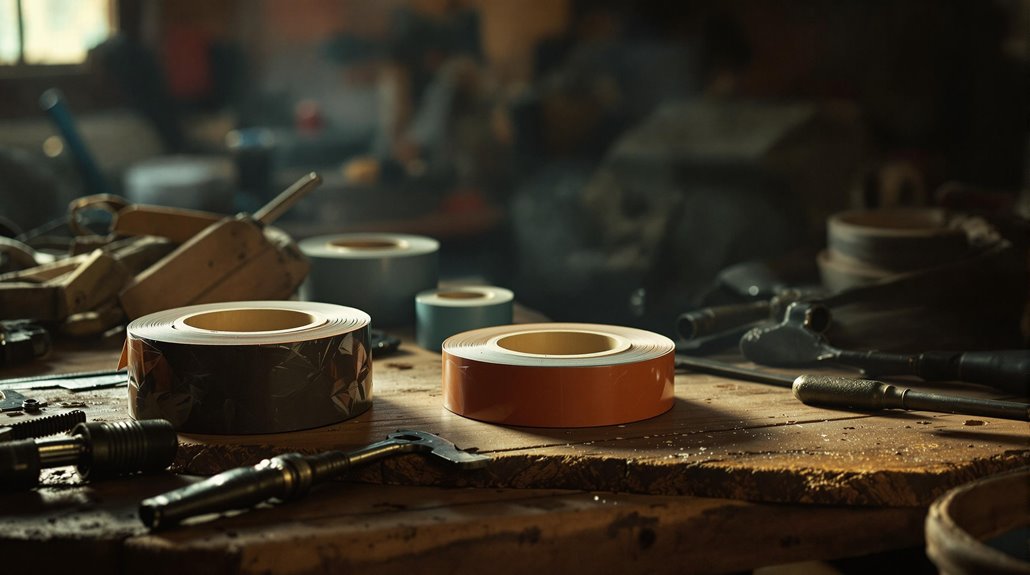
While the original duct tape revolutionized repairs, today's market offers specialized variations for every conceivable need.
Modern tape technology has evolved to create distinct categories that serve specific industries with precision. The original product, developed by Vesta Stout during World War II, remains the inspiration for today's innovations. You'll find industrial-grade options featuring enhanced fabric and adhesive strength for manufacturing environments, while professional-grade versions deliver superior performance for construction projects. These professional tapes are specifically designed for heavy-duty building tasks.
The entertainment industry relies on gaffer's tape's matte finish and residue-free removal, making it perfect for film and photography work.
Adhesive advancements have also led to highly specialized products like stucco tape for textured surfaces and true duct tape specifically engineered for air duct sealing.
Even NASA has its own variation with Mission Tape, demonstrating how far this versatile tool has come from its military origins.

